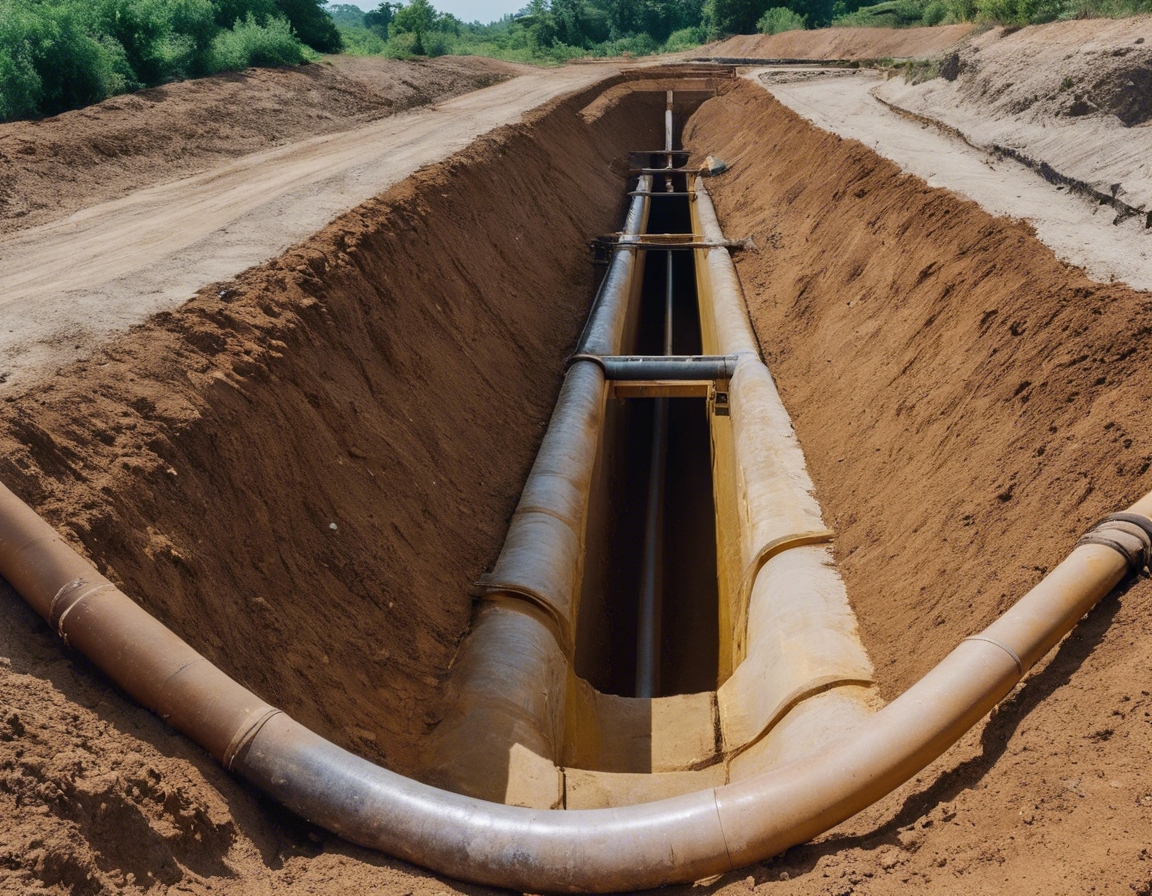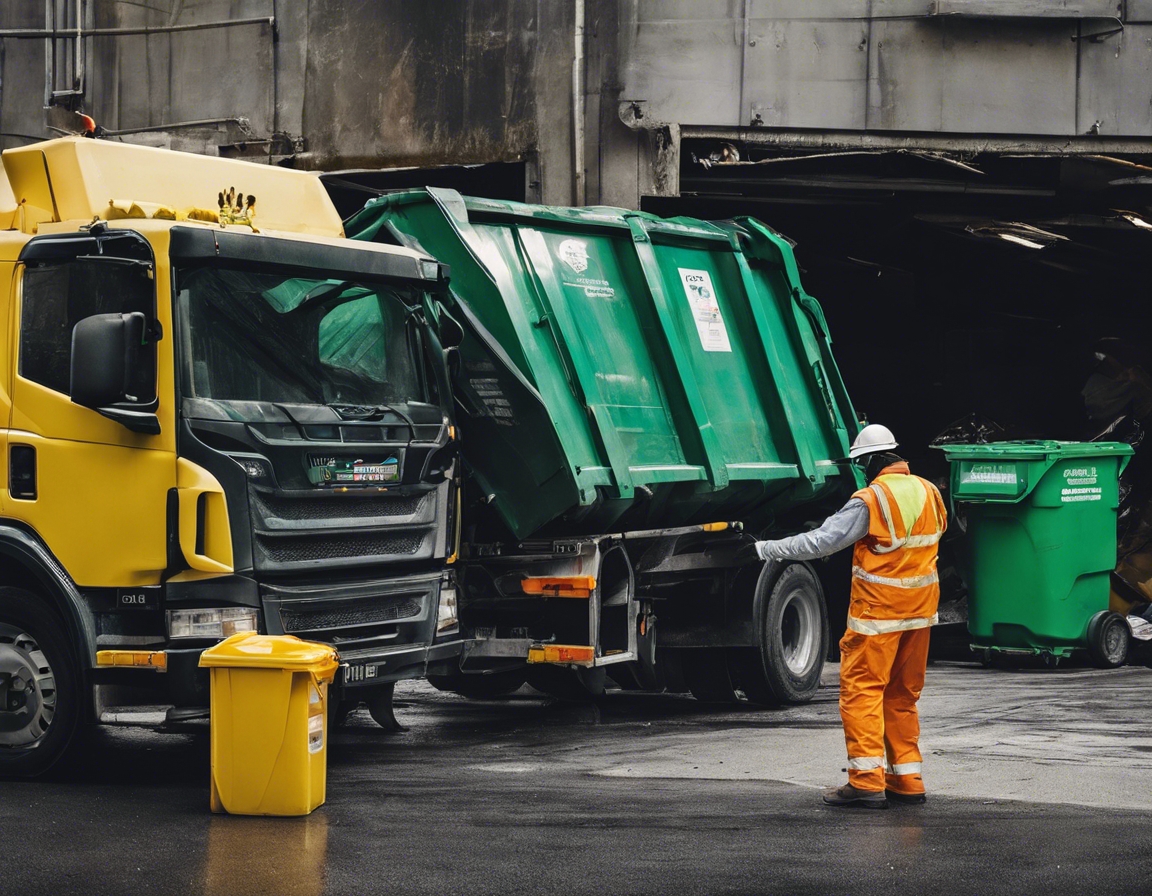Innovations in hydrotechnical building
Hydrotechnical building encompasses the design, construction, and maintenance of structures that interact with water environments. These include dams, levees, canals, and water treatment facilities. The importance of hydrotechnical building lies in its critical role in water management, flood control, and providing essential resources for human consumption and agricultural use.
The field of hydrotechnical construction has evolved significantly over the years, adapting to new challenges and incorporating technological advancements to improve efficiency and sustainability.
Current Trends in Hydrotechnical Building
Modern hydrotechnical projects are utilizing advanced materials such as high-performance concrete, geosynthetics, and composite materials to enhance durability and reduce maintenance. Cutting-edge technologies like 3D printing are also being explored for their potential in creating complex structures with precision and speed.
Environmental sustainability is a cornerstone of contemporary hydrotechnical building. Projects are increasingly designed with a focus on minimizing ecological impact, incorporating features such as fish ladders and sediment management systems to protect local ecosystems.
Computational tools have revolutionized the design process in hydrotechnical building. Sophisticated software enables engineers to simulate water flow, structural stress, and environmental interactions, leading to more efficient and safer designs.
Key Innovations in Hydrotechnical Building
Smart water management systems use sensors and real-time data analytics to optimize the operation of hydrotechnical structures. These systems can adjust to changing conditions, ensuring efficient water use and reducing the risk of flood events.
The adoption of automated and robotic construction techniques is streamlining the building process, reducing labor costs, and improving worker safety. Drones and unmanned vehicles are being used for site surveys and inspections, enhancing the precision of construction work.
Hydrotechnical structures are increasingly being integrated with renewable energy sources, such as hydroelectric power and solar panels. This not only provides a clean energy source but also helps to offset the operational costs of these facilities.
With the growing impact of climate change, hydrotechnical infrastructure is being designed for resilience. This includes the ability to withstand extreme weather events and adapt to changing environmental conditions over time.
Challenges and Opportunities
Hydrotechnical projects often face complex regulatory environments. Navigating these hurdles requires expertise in local and international standards, as well as a commitment to compliance and environmental stewardship.
The hydrotechnical sector presents numerous opportunities for innovation, particularly in the areas of environmental protection and sustainable development. Companies that invest in research and development are well-positioned to lead the industry forward.




Comments (0)